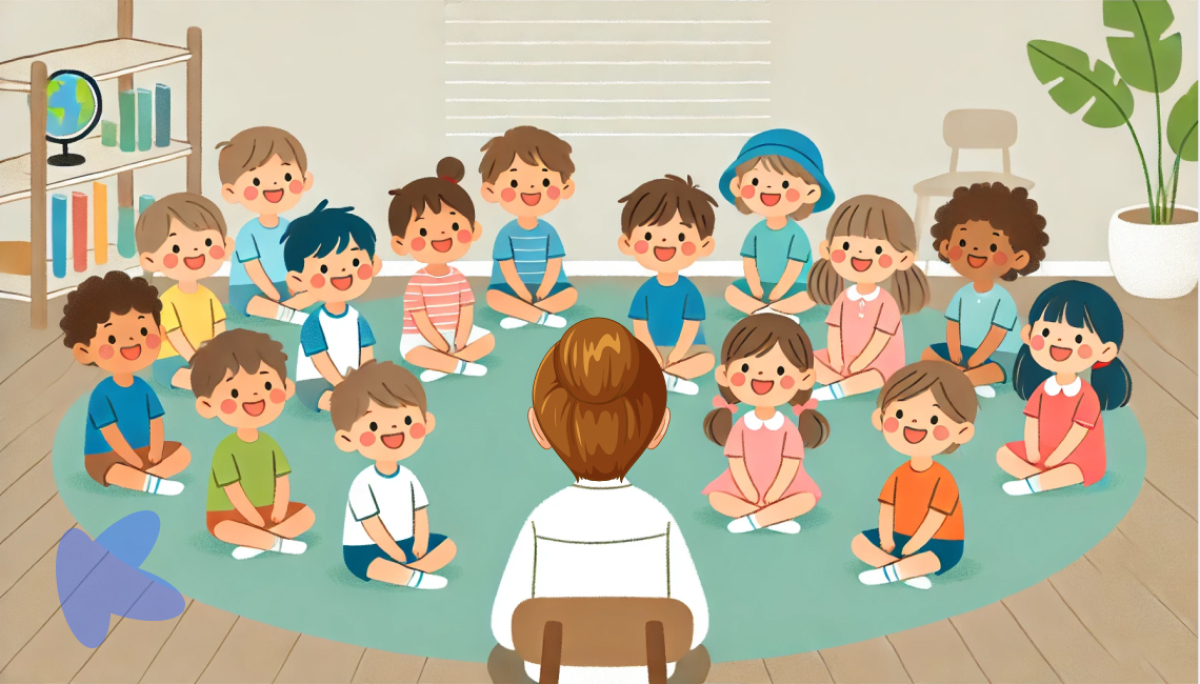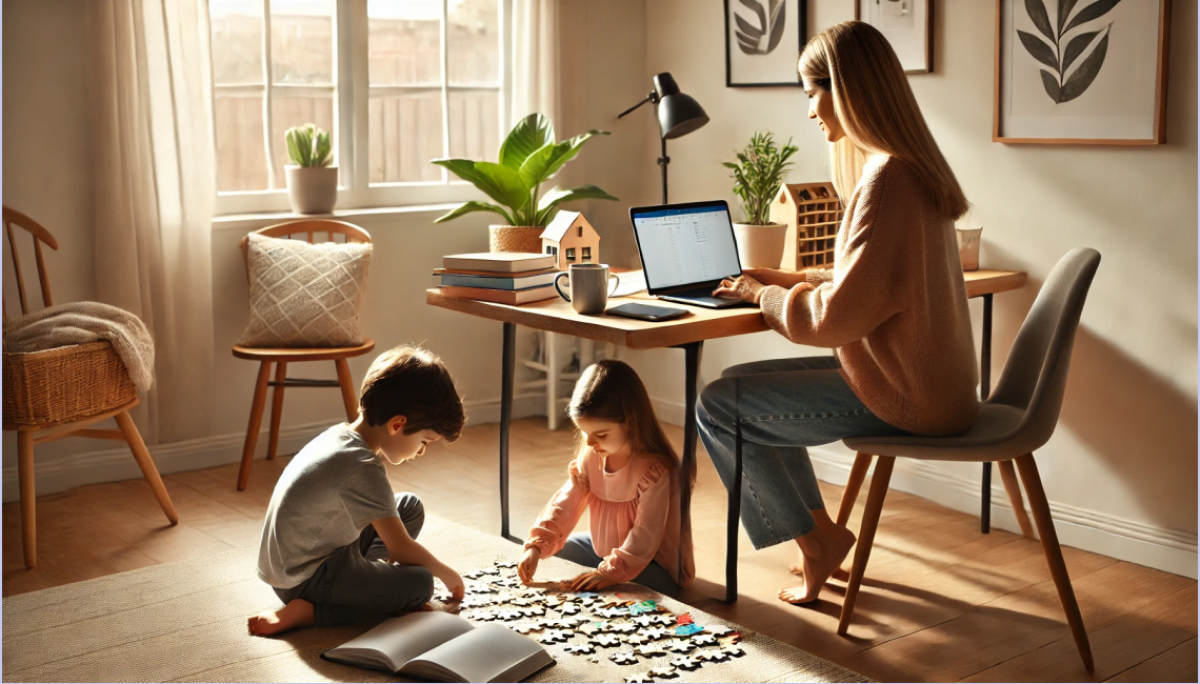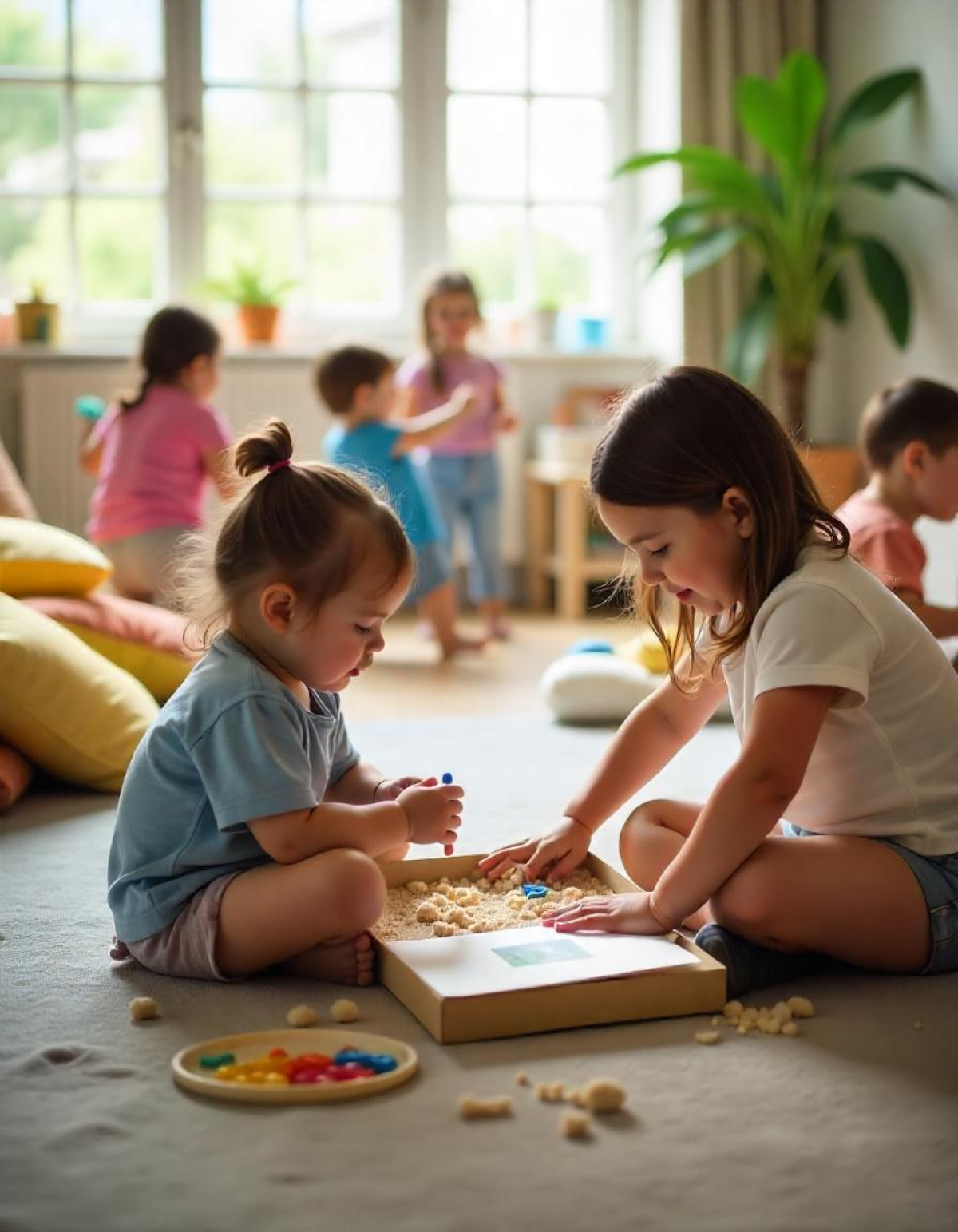The first week back to school can be an exciting yet challenging time for young children. Introducing new routines is key to helping them feel secure and settled in their environment. A well-structured day not only guides children through their activities but also sets the tone for a positive and productive school year. Here are some effective tips on how to establish daily routines, such as arrival, snack time, playtime, and nap time, in the first week. Plus, we’ll show you how using the kidsday can keep parents informed and involved every step of the way!
1. Start with a Warm and Consistent Arrival Routine
Mornings can be hectic, especially for young children adjusting to a new setting. Create a welcoming and predictable arrival routine to ease transitions. Greet each child warmly at the door and offer a small task, like putting their belongings in a cubby or choosing an activity from a morning tray. Consistency is key—keeping the same steps every day helps children know what to expect and reduces anxiety.
Pro Tip: Use kidsdsay to share a quick morning photo or update with parents, reassuring them that their child has settled in nicely.
2. Snack Time: A Moment for Connection and Calm
Snack time isn’t just about food; it’s an opportunity for children to connect and recharge. Set a routine by having children wash their hands, find their seats, and participate in a short, calming activity, such as a simple song or story, while they eat. Displaying a visual schedule with snack time clearly marked can help children anticipate and look forward to this part of the day.
Pro Tip: Use Kidsday to inform parents about what was served and how much their child ate. This keeps parents in the loop and helps them plan meals at home accordingly.
3. Playtime: Balancing Structure and Freedom
Playtime is crucial for young children’s development, offering them the chance to explore, socialize, and build important skills. To make playtime successful, introduce clear expectations about where certain activities occur (e.g., block play in one corner, quiet reading in another). Use visual cues and clear instructions to guide children as they transition between different play areas.
Pro Tip: Through kidsday, you can share highlights from playtime, such as photos of group activities or brief notes about new skills being developed. This not only delights parents but also gives them conversation starters with their children at home.
4. Nap Time: Creating a Restful Environment
Nap time can be one of the more challenging parts of the day for some children, especially at the start of the year. Establish a calming pre-nap routine, such as dimming the lights, playing soft music, and reading a short story. Ensure that each child has a familiar comfort item if they need one, and make the space as cozy and inviting as possible.
Pro Tip: Use the Kidsday app to report on nap times—whether a child fell asleep easily, how long they napped, and any notable behaviors. This detailed reporting helps parents understand their child’s day and make adjustments if needed, like an earlier bedtime.
5. Using Visual Schedules to Reinforce Routines
Children thrive on predictability, and visual schedules are an excellent tool to help them understand the flow of the day. Use pictures and simple words to map out the daily routine, placing the schedule at the children’s eye level. Refer to it often, especially when transitioning between activities, to provide clear and consistent cues.
Pro Tip: Visual schedules aren’t just for the classroom—they’re a great way for parents to stay informed too. Share a snapshot of your daily schedule on Kidsday so parents know what their child’s day looks like and can discuss it at home.1
6. Keep Parents Involved with the Kidsday!
One of the best ways to support a child’s adjustment to new routines is by keeping their parents informed and involved. Kidsday makes this easier than ever by allowing you to communicate every detail of the day, from arrival to departure. By sharing updates, photos, and reports, parents can stay connected and supportive, even when they can’t be there in person.
Establishing daily routines in the first week sets the stage for a successful school year. By implementing consistent routines and using tools like the kidsday to keep parents engaged, you create a supportive environment where children can thrive. Here’s to a smooth and joyful start to the school year!








